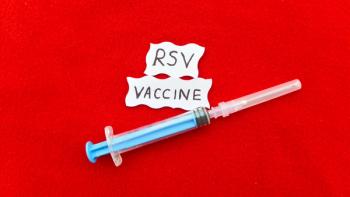
Recommendations for Managing Critical National Shortage of IV Solutions Released
PRESS RELEASE
4/17/2014--A new set of
A national shortage of large-volume (i.e., 1,000 mL) IV solutions (including 0.9 percent and 0.45 percent sodium chloride injection, lactated Ringer’s injection, and 5 percent dextrose injection) has affected many hospitals and other health care sites nationwide. The shortages, which are a result of an unusual spike in demand, are not expected to resolve until May or June 2014.
“The national shortage of IV solutions is a challenging patient care issue that many of our members are having to manage on a daily basis,” said Paul W. Abramowitz, Pharm.D., Sc.D. (Hon.), FASHP, ASHP chief executive officer. “We felt it was critical to provide practical and easy-to-implement strategies to help health care providers navigate this crisis and ensure that their patients continue to receive the best care possible.”
“
- Using oral hydration whenever possible,
- Discontinuing infusions as soon as appropriate,
- Evaluating total patient fluid requirements for surgeries to ensure the most efficient use of IV fluids,
- Using small-volume bags for infusions that are administered at low rates.
- Ensuring that purchasing agents have active backorders in place and are obtaining allocations as available,
- Evaluating IV fluid supplies on a health system-wide basis in order to redeploy solutions to areas of greatest need, and
- Implementing an organization-wide conservation plan developed in collaboration with clinicians and other organizational stakeholders.
The document also includes a list of caveats and safety information on compounding sodium chloride solutions from sterile water, ensuring that smaller IV volumes are recorded appropriately in the electronic record and labeling, and avoiding IV use of sodium chloride irrigation solution due to sterility concerns. For more information, visit
Newsletter
Stay informed on drug updates, treatment guidelines, and pharmacy practice trends—subscribe to Pharmacy Times for weekly clinical insights.




















































































































































































































